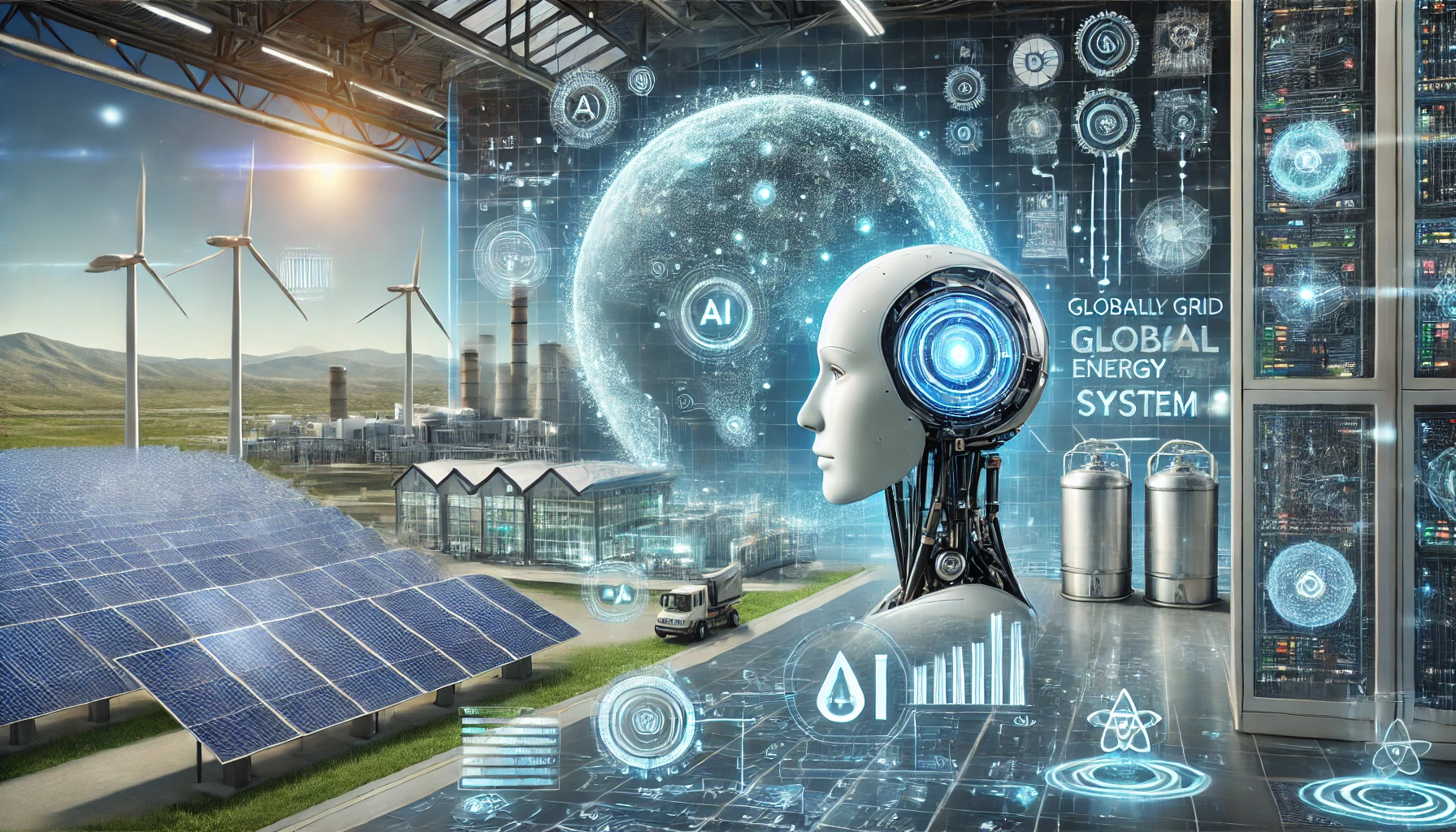AI redefines global energy systems: From grid optimization to hydrogen innovation
AI’s performance advantages are tightly linked to methodological rigor and technological integration. Data preprocessing techniques, such as normalization, imputation, and feature extraction, were found to be essential in optimizing model accuracy. Studies that incorporated high-dimensional data and employed ensemble learning techniques consistently achieved superior outcomes.

The global energy system is undergoing a rapid transition, with artificial intelligence (AI) emerging as a critical force behind this shift. A new systematic review, titled “Novel Artificial Intelligence Applications in Energy: A Systematic Review” and published in Energies, investigates over a decade of advancements in AI-driven energy solutions, offering the most comprehensive analysis to date of AI applications in energy systems.
Based on 129 peer-reviewed studies published between January 2015 and January 2025, the authors assess how modern AI technologies are revolutionizing the energy sector. The review evaluates empirical performance, real-world deployment, scalability, and long-term impact across a wide range of domains, from grid optimization and battery management to renewable energy forecasting and fault resilience.
How is AI reshaping core energy functions?
At the heart of the review lies a rigorous classification of AI deployments in four thematic areas: reinforcement learning, multi-agent systems, planning under uncertainty, and AI for energy system resilience. Collectively, these domains illustrate the expanding role of AI as a tool for improving the efficiency, reliability, and sustainability of modern power systems.
Reinforcement learning, featured in 35 studies, emerged as a dominant approach for dynamic optimization in power networks. It has been successfully applied to grid control, demand response, and intelligent energy scheduling. In one real-world application, a DeepMind-designed system reduced data center cooling energy consumption by 40%, exemplifying AI’s capability to deliver measurable energy savings through autonomous control strategies.
Multi-agent systems, documented in 28 studies, were found to facilitate distributed energy management by enabling coordination among prosumers, grid operators, and virtual power plants. In these configurations, AI agents operate independently but collaborate to achieve system-wide objectives such as load balancing or revenue maximization. One case noted a 28% increase in revenue for a virtual power plant due to optimized coordination among its components.
Planning under uncertainty, covered by 25 studies, addressed one of the energy sector’s core challenges: variability. AI models in this category support operations under fluctuating demand, volatile markets, and intermittent renewable supply. Sophisticated planning algorithms have been shown to reduce computational overhead by up to 87% while maintaining or even improving operational accuracy. These improvements are crucial for real-time decision-making in highly dynamic energy environments.
AI for resilience, examined in 22 studies, focused on fault detection, system robustness, and mitigation of extreme conditions such as weather events or cyber threats. In energy storage and hydrogen development, machine learning models have yielded significant breakthroughs, including a 30% efficiency improvement in battery management and a 200,000-fold acceleration in hydrogen catalyst discovery.
What technologies and methods are leading the transformation?
Beyond reinforcement learning and multi-agent systems, the study highlights other AI technologies powering the sector’s transformation, including deep learning, supervised learning, genetic algorithms, and hybrid frameworks that combine statistical modeling with data-driven prediction.
AI’s performance advantages are tightly linked to methodological rigor and technological integration. Data preprocessing techniques, such as normalization, imputation, and feature extraction, were found to be essential in optimizing model accuracy. Studies that incorporated high-dimensional data and employed ensemble learning techniques consistently achieved superior outcomes.
Real-world deployment has progressed significantly, particularly in domains such as smart grids, energy trading platforms, and renewable energy forecasting. A growing number of AI applications are now integrated with IoT sensors, edge computing frameworks, and real-time monitoring systems. These systems allow AI models to respond to grid fluctuations, market shifts, and equipment degradation in milliseconds.
The study also notes the importance of open-source frameworks and cloud-based architectures that enhance reproducibility and scalability. AI models trained on cloud platforms demonstrated faster deployment cycles and more flexible update capabilities, which are essential for fast-changing energy markets.
What barriers could impede AI adoption in energy?
While the performance gains are notable, the study does not overlook the considerable challenges hindering AI’s full-scale adoption. Chief among them is the issue of data quality. The authors point out that most models rely on large volumes of clean, structured, and labeled data, conditions that are not always met in legacy energy infrastructures.
Computational cost also remains a significant constraint. Some AI algorithms, particularly those involving deep neural networks, demand substantial hardware resources, including GPUs and parallel processing systems. This can pose an obstacle for small utilities or operators in emerging markets who lack the required infrastructure.
Interoperability and standardization present additional hurdles. Many energy systems still rely on siloed architectures and incompatible protocols. Without unified data standards and interoperable platforms, integrating AI into existing systems can be a labor-intensive process. Furthermore, cybersecurity and privacy concerns persist, especially when AI systems interface with consumer data, distributed energy assets, or third-party aggregators.
The review also identifies a gap in explainability. While many AI models deliver impressive results, they often function as black boxes. This raises issues of transparency and trust among stakeholders, especially in critical applications such as grid protection or financial forecasting.
Finally, regulatory inertia may delay adoption, the study warns. Despite growing awareness of AI’s potential, most regulatory frameworks have not caught up with the technological curve. There is a need for adaptive governance models that promote innovation while safeguarding grid stability and consumer rights.
- FIRST PUBLISHED IN:
- Devdiscourse










